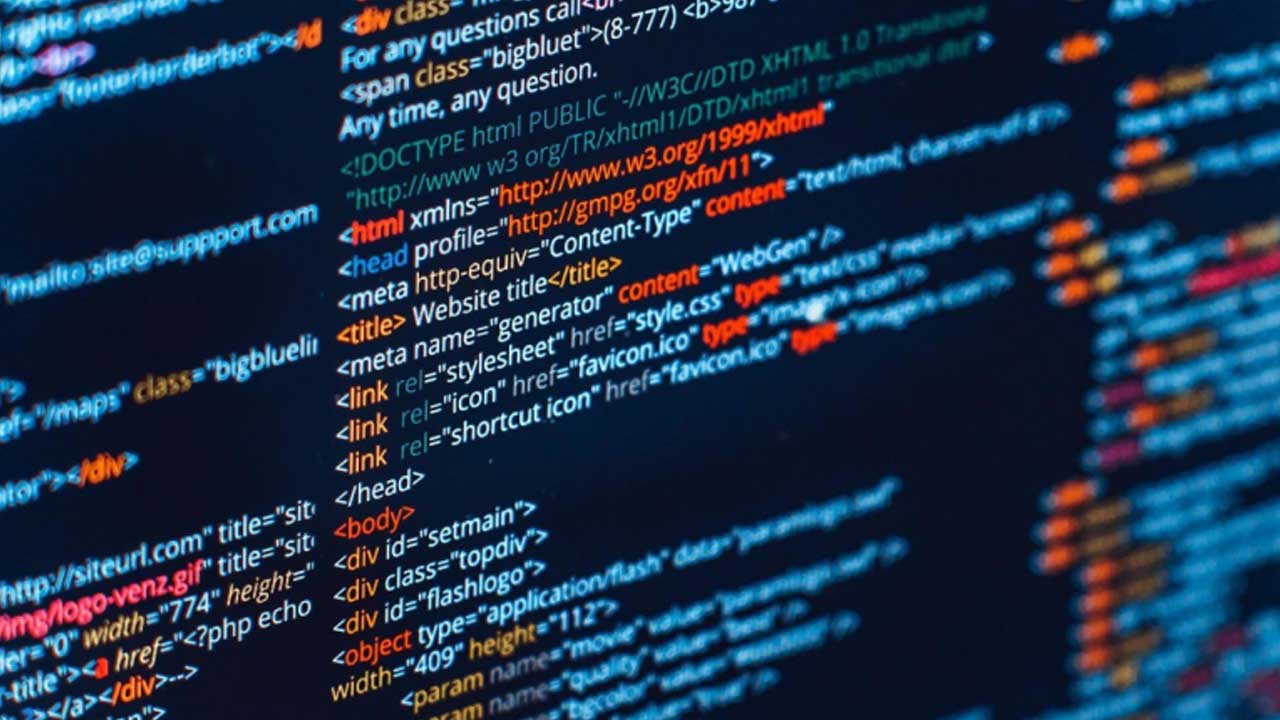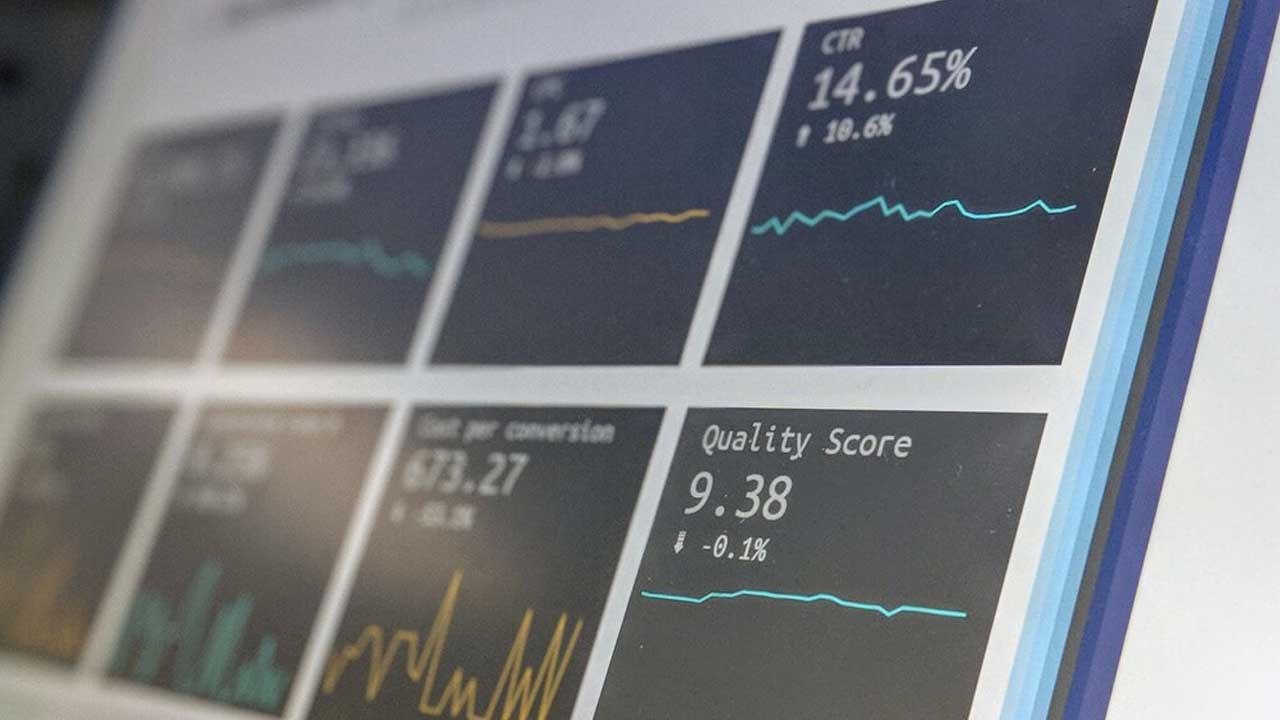Codebase Optimization and Enhancements: Refactoring and Enhancing Laravel Codebases for Better Performance, Security, and Scalability
In the dynamic world of web development, keeping your codebase optimized is essential for maintaining a high-performing, secure, and scalable application. Whether you’re running a simple Laravel-based website or a complex enterprise system, codebase optimization and enhancement can significantly impact your system’s efficiency. Let’s explore how refactoring, optimization, and upgrading existing Laravel codebases can lead to improved performance, security, and scalability.
1. Introduction to Codebase Optimization
Codebase optimization refers to the process of refining and enhancing your existing code to make it more efficient, secure, and adaptable to future needs. In Laravel, this can range from optimizing database queries to refactoring large functions, enhancing security protocols, or upgrading to the latest Laravel version.
2. Why Laravel Codebase Optimization is Crucial
Laravel is known for its clean syntax and efficient development practices. However, over time, applications can become slow or difficult to maintain as features are added, removed, or modified. Regularly optimizing your Laravel codebase ensures:
– Faster load times and enhanced performance.
– Improved security against vulnerabilities.
– Easy scalability for growing businesses.
– Simpler maintenance and reduced technical debt.
3. Key Areas of Laravel Codebase Optimization
Performance Optimization
Laravel applications may face performance challenges if not optimized regularly. Areas to focus on include:
– Caching: Leveraging Laravel’s caching system for faster data retrieval.
– Eloquent ORM Optimization: Minimizing the number of queries and optimizing relationships in models.
– Database Indexing: Using proper indexes to speed up database queries.
– Queue Management: Offloading heavy tasks to Laravel queues to reduce load times.
Security Enhancements
Security is paramount in modern web applications. Key Laravel security enhancements include:
– Encryption: Ensuring sensitive data is encrypted using Laravel’s built-in tools.
– Sanitization and Validation: Implementing strict input validation to prevent attacks such as SQL injection and XSS.
– Authentication and Authorization: Optimizing user roles and permissions using Laravel’s powerful Gate and Policy features.
Scalability Upgrades
As your application grows, scalability becomes a concern. Some important practices include:
– Horizontal Scaling: Configuring your application to handle more traffic through load balancers and server clusters.
– Database Sharding: Partitioning your database to handle a larger load.
– **Microservices Architecture**: Decoupling parts of your Laravel application to work independently for better scalability.
4. Refactoring the Codebase for Improved Readability and Maintenance
Refactoring involves restructuring the code without changing its external behavior. It improves the maintainability of the code by:
– Breaking Large Functions into Smaller Methods: This promotes reusable code and cleaner logic.
– Eliminating Redundant Code: Reducing duplicate code ensures consistency and makes maintenance easier.
– Applying SOLID Principles: Adhering to best practices, such as dependency injection and separation of concerns, to ensure better structure and modularity.
5. Upgrading Laravel Versions: Keeping Your Application Future-Ready
Upgrading to the latest version of Laravel is a critical step in maintaining the integrity and security of your application. Each new Laravel release includes:
– Security Patches: Fixes for vulnerabilities discovered in previous versions.
– Performance Improvements: Enhancements in the framework’s core to improve speed and resource efficiency.
– New Features: Tools and functionalities that can simplify development and add new capabilities to your application.
6. Tools and Best Practices for Codebase Optimization
Laravel provides various built-in tools and third-party packages to assist in codebase optimization:
– Laravel Debugbar: A tool for profiling application performance.
– Telescope: For monitoring queries, logs, and performance bottlenecks.
– PHPStan & Larastan: Static analysis tools to find potential bugs and ensure better code quality.
– Composer & NPM Updates: Regularly updating packages and dependencies to keep your application secure and up-to-date.
7. Conclusion
Optimizing and enhancing your Laravel codebase is essential for long-term success. It improves the performance, security, and scalability of your application while making future upgrades and maintenance easier. By investing in refactoring, regular updates, and efficient coding practices, you ensure that your Laravel application stays competitive and adaptable to changing business needs.
FAQs
Q1: How often should I optimize my Laravel codebase?
It’s recommended to review and optimize your Laravel codebase during major feature updates or every 6-12 months to ensure smooth operation and maintainability.
Q2: What is the most important area to focus on during optimization?
The priority should depend on your application’s current state. If performance is an issue, focus on optimizing queries and caching. For large, complex applications, refactoring for readability and scalability is crucial.
Q3: What happens if I don’t upgrade to the latest version of Laravel?
Not upgrading can expose your application to security vulnerabilities, bugs, and deprecated features. It also makes future upgrades more difficult as more changes accumulate over time.
Q4: How can I ensure my code is secure?
You can implement secure practices by encrypting sensitive data, using Laravel’s built-in authentication and authorization features, and ensuring input validation to prevent attacks.
Q5: Will refactoring my Laravel code affect the current functionality of my application?
If done correctly, refactoring won’t change the external behavior of your application. It focuses on improving the internal structure, ensuring better performance and easier future updates.









